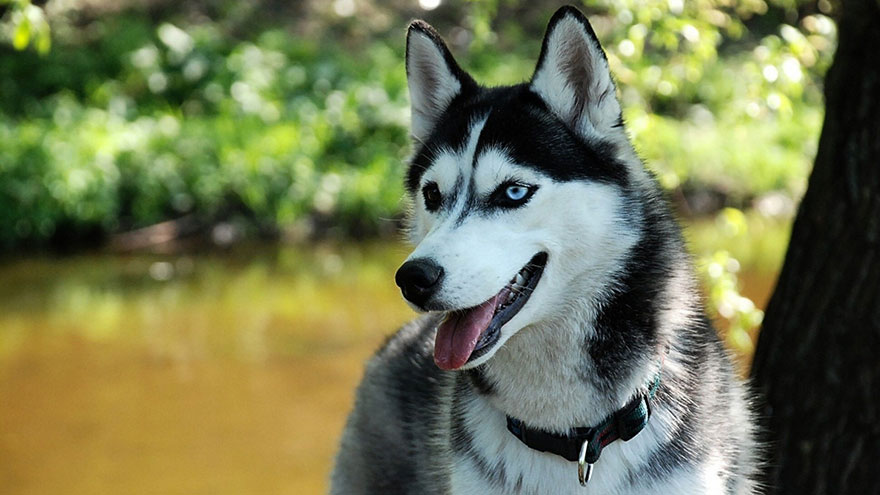Siberian Husky Health Guide
Though the Siberian Husky is a strong and compact dog, the breed does have a few health conditions that owners should be aware. For instance, a Siberian Husky may develop some of the eye problems associated with dogs, included progressive retinal atrophy (PRA), cataracts, or cornea problems.
Corneal dystrophy may not affect vision extensively in the early stages. In fact, good vision can often be restored with proper evaluation and treatment.
Health Problems in the Siberian Husky
However, this condition can cause corneal ulceration. Generally, corneal dystrophy appears as grayish white lines, circles, crystallizing, or clouding of the cornea. PRA is a degenerative disease of the eye that can sometimes be diagnosed early in a dog’s life.
This disease is hereditary, so breeders and others with experience with Siberian Huskies should know about the condition.
A Husky will sometimes suffer from hip dysplasia, which is caused by the abnormal development of the hip joint in a young dog. This is not a major concern with the breed, but owners of all purebred dogs should be aware of the possibility.
With hip dysplasia, the ball-and-socket joint of the hip does not move and rotate freely as it would in a healthy joint.
In this case, the ligaments and soft tissue around the joint do not develop normally, causing unusual motion in the joint. The result often leads to pain and limping in the dog. Many dogs are born with a healthy joint but because of heredity, the hip does not grow properly as the dog ages.

As the ligament and surrounding tissue stretches, a condition called subluxation occurs, which represents with much the same symptoms connected with hip dysplasia. Although this is usually a problem in larger breeds of dog, even the medium-sized breeds such as the Siberian Husky can be affected.
Some studies indicate a higher incidence of hip dysplasia when dogs become obese and when they are over-exercised at a young age. Some experts think diet may have an effect on this condition, but others believe there is no definite scientific evidence for connecting diet with hip dysplasia.
The Orthopedic Foundation for Animals has developed a radiograph test procedure that may be able to detect early signs of the condition or the tendency to develop hip dysplasia. Typically, a dog must usually be two years of age for a completely accurate test. Extreme cases may respond to surgery. Anti-inflammatory medicines can help with the pain of hip dysplasia.
One of the key things a Siberian Husky owner can do is work with a top-quality, reputable breeder. Good breeders will use breeding parents that are free from the risk of hip dysplasia, at least as free as science and breeding can make them.
This considerably lessens the risk of the condition in puppies born to these parents. Using only a top breeder will also help avoid other genetic health conditions.
As for general health, the Husky normally lives a long, trouble-free life with the proper care. A Siberian Husky should always get sufficient exercise and should not be overfed. Additionally, a consistent amount of fish oil in the diet is recommended for the coat and nails of the dog.
This need stems from the dog’s origins and the common diet for dogs in the region where this breed started. It may be best to talk with the breeder to determine a proper diet for your Siberian Husky.
A very active Husky will need plenty of protein and fats, but these must be included at the correct levels. Ask questions, as it is better to have too much information rather than not enough.
Read More About Siberian Husky
- Siberian Husky Breed Information
- Siberian Husky : 10 Most Common Questions
- Siberian Husky Training Guide
- Owning A Siberian Husky : Breeder Recommendations

